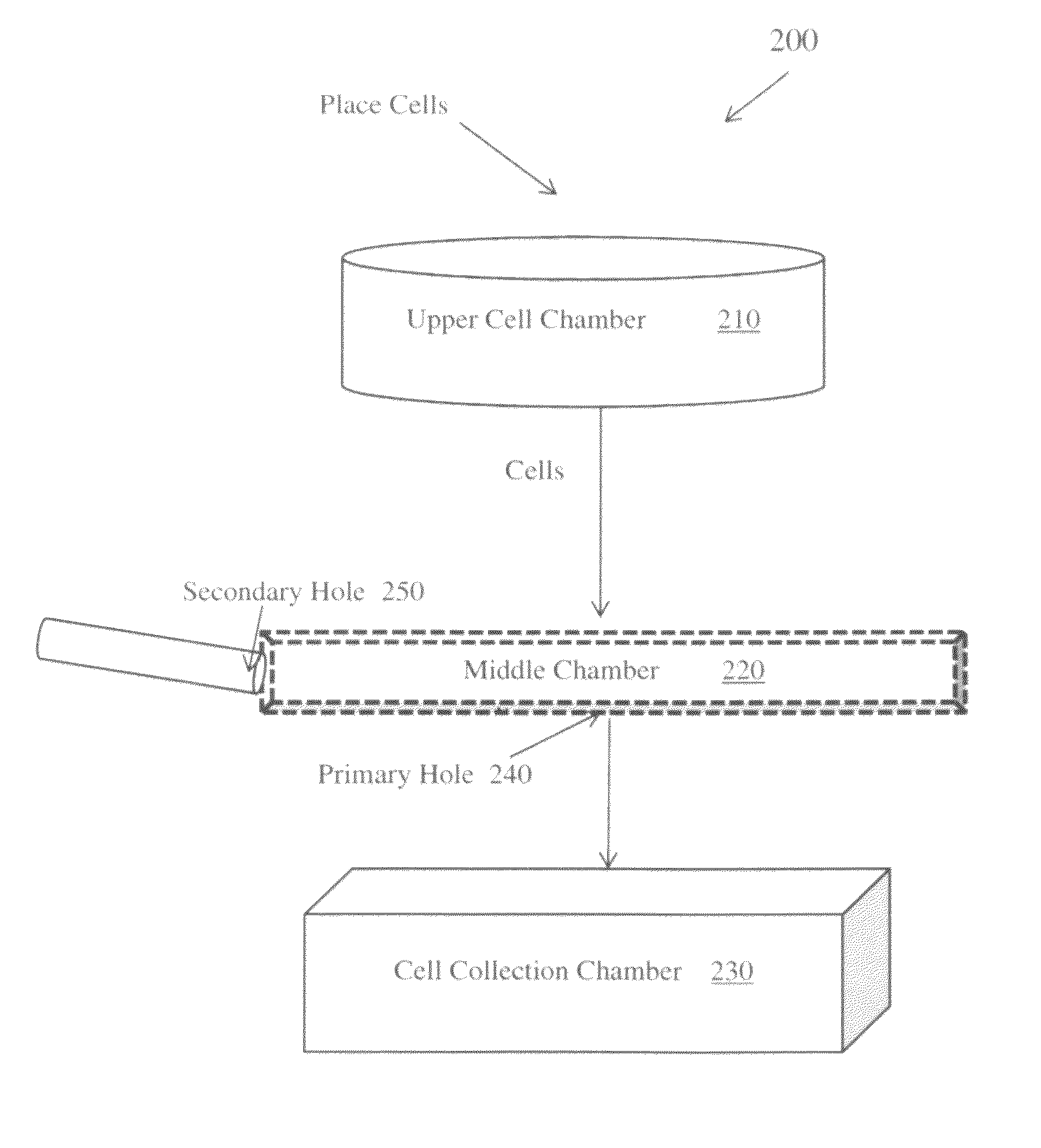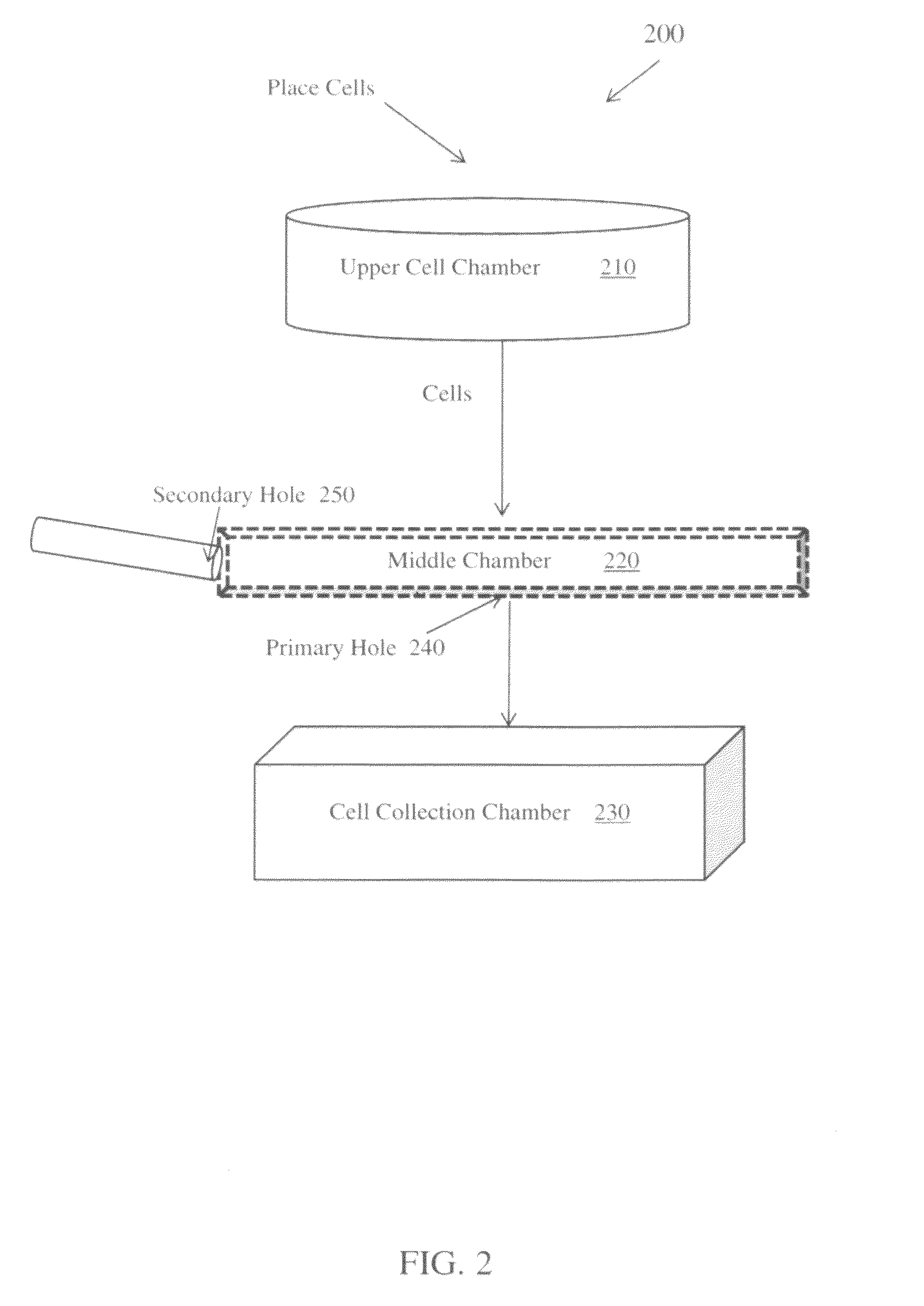In vitro homogenous cell block, method of making and using
a technology of homogenous cells and cell blocks, applied in the field of in vitro homogenous cell blocks, method of making and using, can solve the problems of poor characterization of biomarkers, erroneous perception of safety, and considerable harm to biomarkers
- Summary
- Abstract
- Description
- Claims
- Application Information
AI Technical Summary
Benefits of technology
Problems solved by technology
Method used
Image
Examples
Embodiment Construction
[0029]The following is a method of the present invention to prepare 10 μm FFPE sections of homogenous cell blocks, although it is noted that one of skill in the art would readily know how to adjust this disclosure for producing other types of homogenous cell blocks, such as 5 μm FFPE sections.
Step (120) Comprises the Pre-Treatment of Cells for Cell Block Preparation
[0030]1. Remove tissue culture medium and wash cells once with phosphate buffered saline (PBS).[0031]2. Detach cells using trypsin and stop trypsinization by adding culture medium.[0032]3. Centrifuge cells at 800×g for 5 minutes and remove supernatant.[0033]4. Wash cell pellet once with PBS.[0034]5. Re-suspend the cells in 15 ml PBS and place them in the upper chamber of the apparatus of FIG. 2.[0035]6. Pass the cell suspension through a cell strainer in the upper chamber of FIG. 2 (e.g. 70 micrometer).[0036]7. Perform cell counting and cell viability using a Cellometer Auto T4 and Trypan blue staining.[0037]8. Fix the ce...
PUM
| Property | Measurement | Unit |
|---|---|---|
| Temperature | aaaaa | aaaaa |
| Temperature | aaaaa | aaaaa |
| Length | aaaaa | aaaaa |
Abstract
Description
Claims
Application Information
 Login to View More
Login to View More - R&D
- Intellectual Property
- Life Sciences
- Materials
- Tech Scout
- Unparalleled Data Quality
- Higher Quality Content
- 60% Fewer Hallucinations
Browse by: Latest US Patents, China's latest patents, Technical Efficacy Thesaurus, Application Domain, Technology Topic, Popular Technical Reports.
© 2025 PatSnap. All rights reserved.Legal|Privacy policy|Modern Slavery Act Transparency Statement|Sitemap|About US| Contact US: help@patsnap.com



